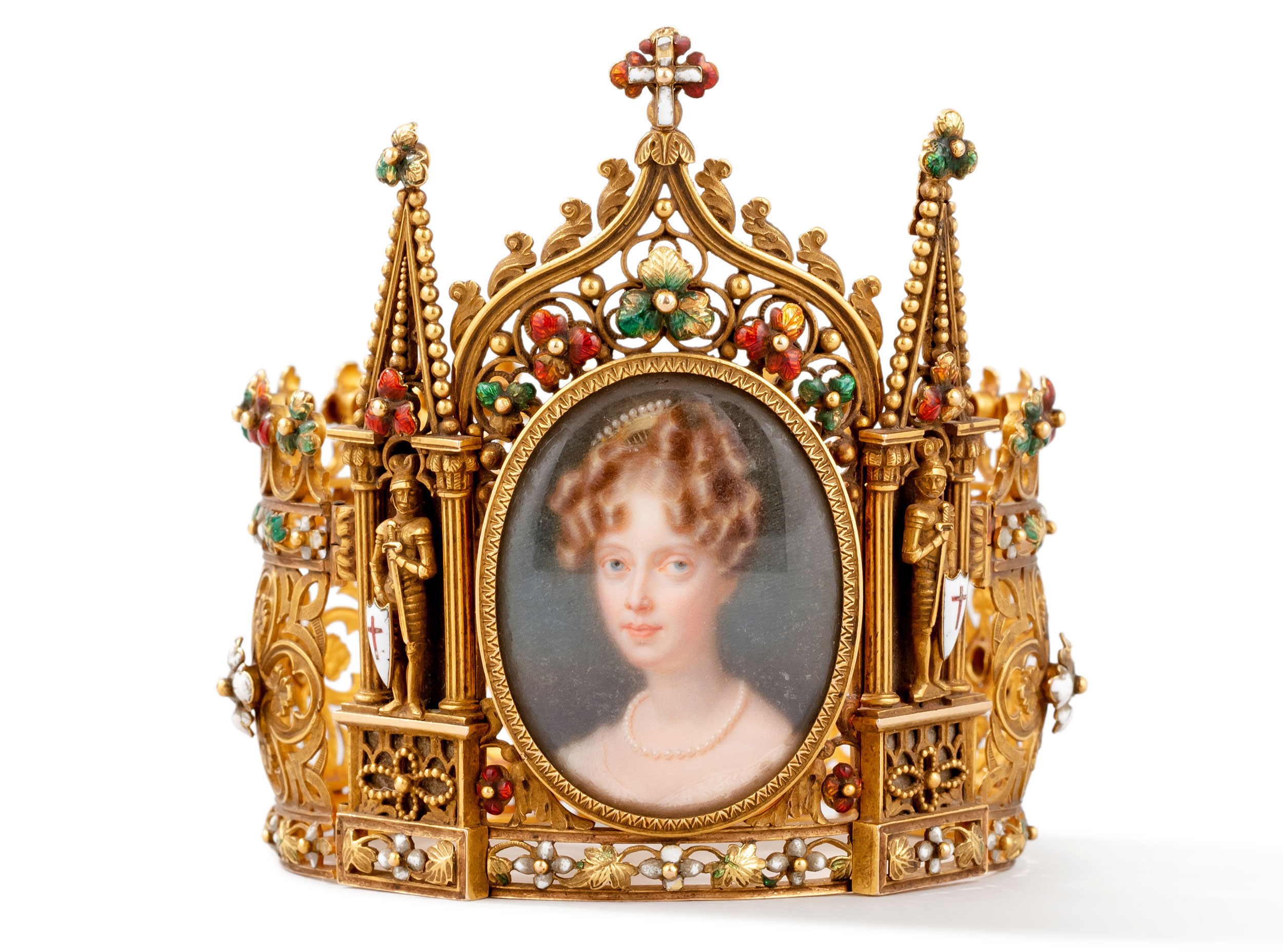
The late Hubert Guerrand-Hermès lived the glamorous life of a bon vivant, a connoisseur of art in all its forms. He was, after all, the great-great-grandson of the founder of Hermès and a top executive of the luxury empire, helping transform it from a French leather-goods maker into an international style powerhouse.
An aesthete through and through, Hermès surrounded himself with the spoils of his art de vivre—Old Master paintings, royal French furniture, contemporary art—in his grand Parisian residence, the Hôtel de Lannion on the Left Bank. (The mansion faces the Musée d’Orsay, where he served on the board of directors.)
Now, seven years after his death, Sotheby’s Paris has announced it will auction his sprawling estate. Roughly a thousand works of art, rare books, and precious objects will be offered in four auctions from December 13 to 19, potentially earning up to €15 million ($15.9 million). And, while the Lannion is no longer decked out with Hermès’s collection, Sotheby’s will recreate the opulent home for the duration of the sale.
Pablo Picasso, Bather (1938), est. €150,000–€250,000. Courtesy of Sotheby’s Paris.
“It is rare to find a collector with an equal passion and appreciation for classical arts, Old Masters, royal French furniture, cutting-edge design and the contemporary output of the likes of Lucio Fontana, Anselm Kiefer, Pierre Soulages,” said Mario Tavella, president of Sotheby’s France and chairman of Sotheby’s Europe, via email. “You could definitely say he was an eccentric collector.”
Pierre Soulages, Peinture (1953), est. €700,000–€1,000,000. Courtesy of Sotheby’s.
Hermès was a man of culture whose interest in art didn’t stop at the 20th century. “His interest in contemporary art was fueled in part through meeting the artists themselves,” said Tavella, adding, “He knew Andy Warhol briefly—the Pop artist had wanted to do a project involving these intriguing French aristocratic twins [Hermès and his twin brother, Xavier]. He was close to others, particularly the painter and filmmaker Niki de Saint Phalle. The Austrian art dealer Thaddaeus Ropac, who shared Guerrand-Hermès’ love of music, often accompanied him to festivals at Bayreuth and Salzburg, and introduced him to other artists of note.” For instance, Antony Gormley and Anselm Kiefer.
There was, however, one preoccupation that stood out from the rest. He was captivated by Marie-Caroline, the Duchess of Berry. By marrying into the French royal family, the Italian princess became the daughter-in-law of King Charles X and the mother of the heir to the throne. Hermès’s obeisance to her is visible in every room of the Lannion, from the staircase hung with paintings of her castle (Château de Rosny) to the library containing 200 volumes that bear her crest. In fact, he attempted to reassemble her library in his home, according to Tavella.
The Duchess of Berry—an ancestor of Hermès’s wife, coincidentally—had been “a champion of the arts herself.” The Duchess subsidized theater productions, commissioning Sèvres porcelains, and collecting paintings by Dutch painter Jan van der Heyden. “He would come to the room [at Sotheby’s] and fiercely bid—particularly, as you can imagine, when we had a Duchesse de Berry sale. I wouldn’t hesitate to say that he was obsessed with her.”
A pair of topiary wild boars in patinated bronze by François-Xavier Lalanne (est. €100,000–€150,000). Courtesy of Sotheby’s.
The items with the highest presale estimates include bronzes from François-Xavier Lalanne’s bestiaire: a pair of monkeys estimated to yield €1 million–€2 million ($1.1 million–$2.1 million) and a pair of topiary boars. Period furniture, too, is featured prominently, in particular a chair that belonged to Marie-Antoinette; it was part of her boudoir, the Cabinet de la Meridienne, at the Palace of Versailles. The royal chair in gilded sculpted walnut from the Louis XVI period bears the stamp of Georges Jacob, ca. 1784–85.
Louis XVI-period gilded wood chair, stamped by G. Jacob, from Marie-Antoinette’s boudoir in Versailles, est. €300,000–€500,000. Courtesy of Sotheby’s Paris.